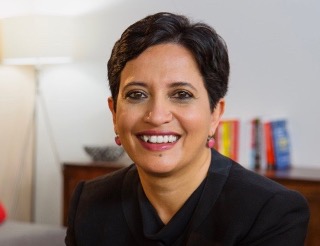Opinions
The Startup Velocity Question: What Hinders Acceleration in VC Funded Companies?

I have been running 1Mby1M since 2010. I find myself saying to entrepreneurs ad nauseam that VCs want to invest in startups that can go from zero to $100 million in revenue in 5 to 7 years.
Startups that do not have what it takes to achieve velocity should not be venture funded.
Experienced VCs, over time, have developed heuristics to gauge what constitutes a high growth venture investment thesis.
>>>A Technology-Fueled Career Path For Humanities Grads
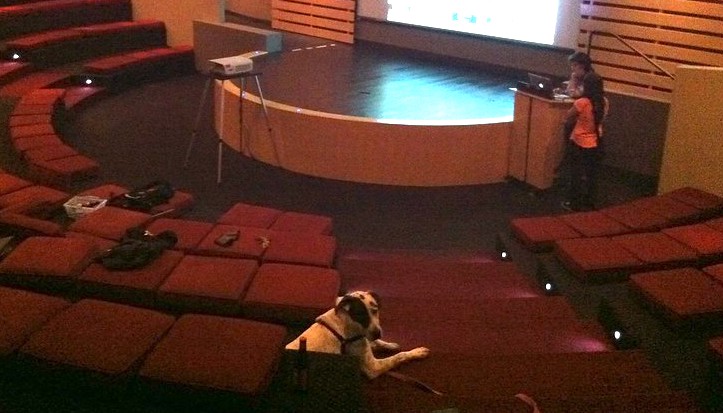
The Economist recently had a cover story titled The 650bn Binge. It opens:
America has seen some spectacular investment booms: think of the railways in the 1860s, Detroit’s car industry in the 1940s or the fracking frenzy in this century. Today the latest bonanza is in full swing, but instead of steel and sand it involves scripts, sounds, screens and celebrities. This week Disney launched a streaming service which offers “Star Wars” and other hits from its vast catalogue for $6.99 a month, less than the cost of a dvd. As the business model pioneered by Netflix is copied by dozens of rivals, over 700m subscribers are now streaming video across the planet. Roughly as much cash—over $100bn this year—is being invested in content as it is in America’s oil industry. In total the entertainment business has spent at least $650bn on acquisitions and programming in the past five years.
For a while, Humanities educators around the world are facing existential questions. What is the point of an English LIterature degree?
Featured Videos
Can 1M/1M Help Me Raise Money?
How Does 1M/1M Democratize Entrepreneurship Education?
How Does 1M/1M Democratize Management Consulting?
When Is The Right Time To Join 1M/1M?
Can 1M/1M Help Me With Business Development?
Can 1M/1M Help Me With Market Sizing?
Can 1M/1M Help Me Validate My Product?
Will I Have Private 1-on-1 Sessions In 1M/1M?
How Does 1M/1M Help Entrepreneurs Connect With Silicon Valley?
Mentoring or Consulting?
Why Does 1M/1M Charge $1000 a Year?
Why Does 1M/1M Partner With Local Organizations?
Why Don\’t Mentoring Networks Work?
Why Is It Important To Study With 1M/1M Now?
Dan Stewart Story
Vikrant Mathur Story
Should We STOP Bargaining, START Paying More?
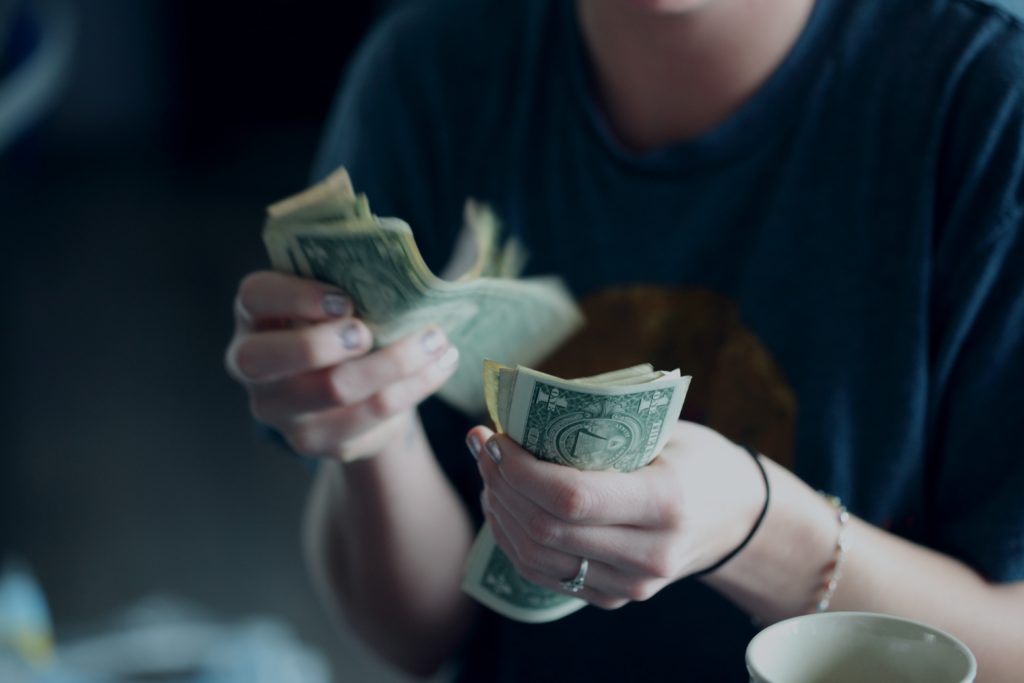
Human beings love bargains. There is something hardwired into our brains that makes us seek a good deal. Some cultures, especially the Indian and Chinese, have an extraordinarily sharp elbow around this tendency. But most human beings have it to some degree.
I have been thinking about Conscious Capitalism for a while. As you know, my version is titled Distributed, Democratic, Inclusive Capitalism.
Politics at Dinner Parties in 2020

We have a lot of dinner parties.
Our circle of friends is quite broad and all political views are represented in our midst. Far right. Far left. And everything in between.
Diversity of political views, it seems, is a difficult dynamic to manage in social groups. We’ve experienced people leaving the table upset, even storming out of dinner parties.
We are bracing ourselves for 2020.
Literati Reading List
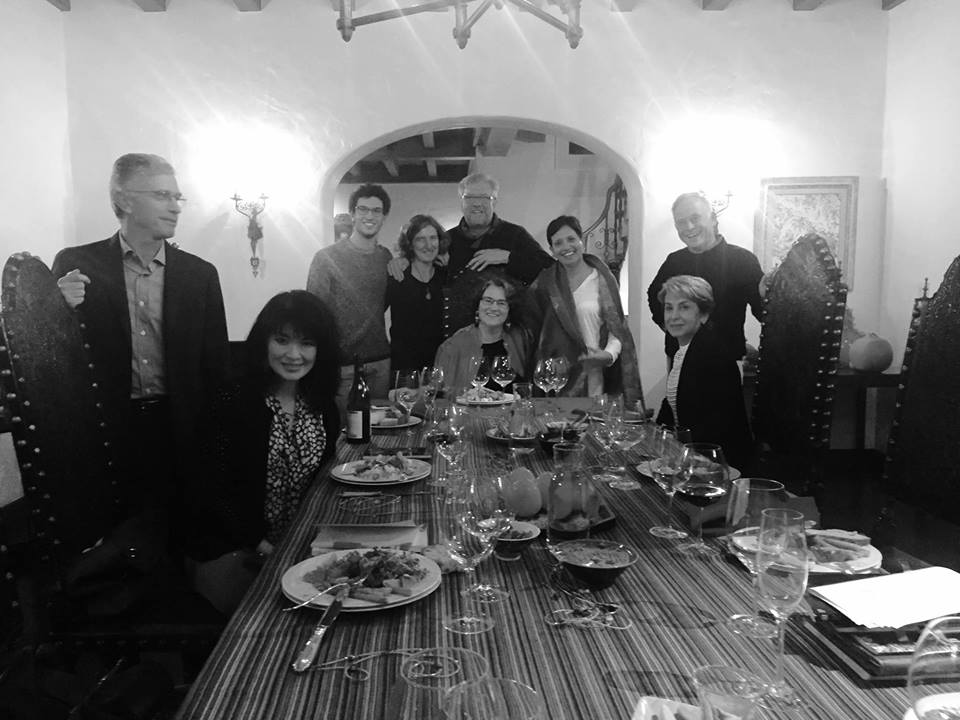
In 2016, I started a literary group focused on serious literary works. Here is the list of books for our Caravanserai Literati.
>>>Thanksgiving Meditations: Colors

My last thank you note goes to my readers, especially those who are participating in the Colors series.
This year, I started publishing a new series on LinkedIn, Facebook, and my blog called Colors to explore a topic that I care deeply about: the Renaissance Mind. I am just as passionate about entrepreneurship, technology, and business, as I am about Art and Culture. In this series, I typically publish a piece of Art – a painting of mine – and I request you to spend a minute or two deeply meditating on it. I urge you to watch your feelings, thoughts, reactions to the piece, and write what comes to you, what thoughts it triggers, in the dialog area.
Thanksgiving Meditations: Dance

My second thank you note is for regaining something unexpected, something that I value tremendously: dance.
I studied Indian classical dance since I was four years old. I stopped studying when I came to college in the United States. In college, however, I choreographed and performed about five times a year.
When I went to grad school to MIT, I stopped performing on stage, but I picked up Ballroom and Latin dancing, and had a blast learning to Waltz, Foxtrot, Swing, Rhumba, and eventually, started studying the Argentine Tango. MIT had a terrific Ballroom Dance club and I made many friends with whom I danced five times a week. It was an excellent stress management mechanism that I kept up throughout my years of running companies.
In the last 15 years, I haven’t danced that much.
Thanksgiving Meditations: Fire

This has been a year full of curve balls.
On the afternoon of April 2, I was getting ready to head out of the house to a meeting at Facebook. My husband, Dominique, had already left for a meeting at Morgan Stanley.
I was upstairs.
The fire alarm went off.
I thought to myself, “Another false alarm. How do I turn it off?”
And then, I smelled burnt plastic.
Best of Bootstrapping: How RainmakerForce CEO Mack Sundaram Bootstrapped Decisively to $5 Million+
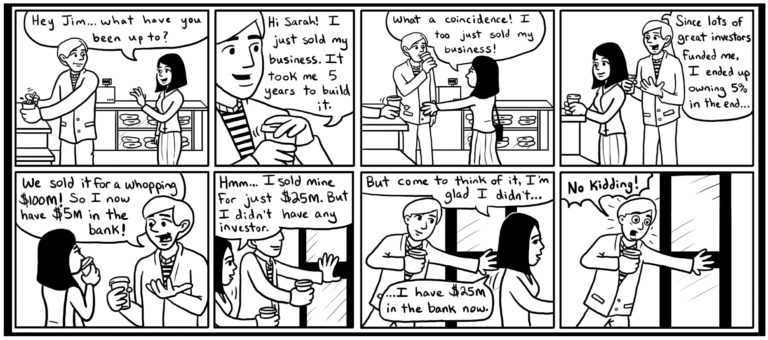
Mack has built a successful business optimized for autonomy and profitability. Excellent navigation!
Sramana Mitra: Let’s go to the very beginning of your journey. Tell us where you’re from. Where did you grow up? Where were you born and raised?
Mack Sundaram: I was born in South India in a village near Chennai. I spent some time of my childhood in Chennai and Pondicherry. I later went to school in New Delhi. Since then, I moved over to the United States where I had an opportunity to pursue a doctoral degree in Economics. That’s where the transition happened.
We’re a middle class family from India. There was a lot of support and pressure for doing well in education. I appreciate my parents for doing that, but there was always the push to find something that you really like to do. I still remember my parents telling me many times as a child that I’ve got to find something.
Colors: Rough Sea, Aquamarine Night
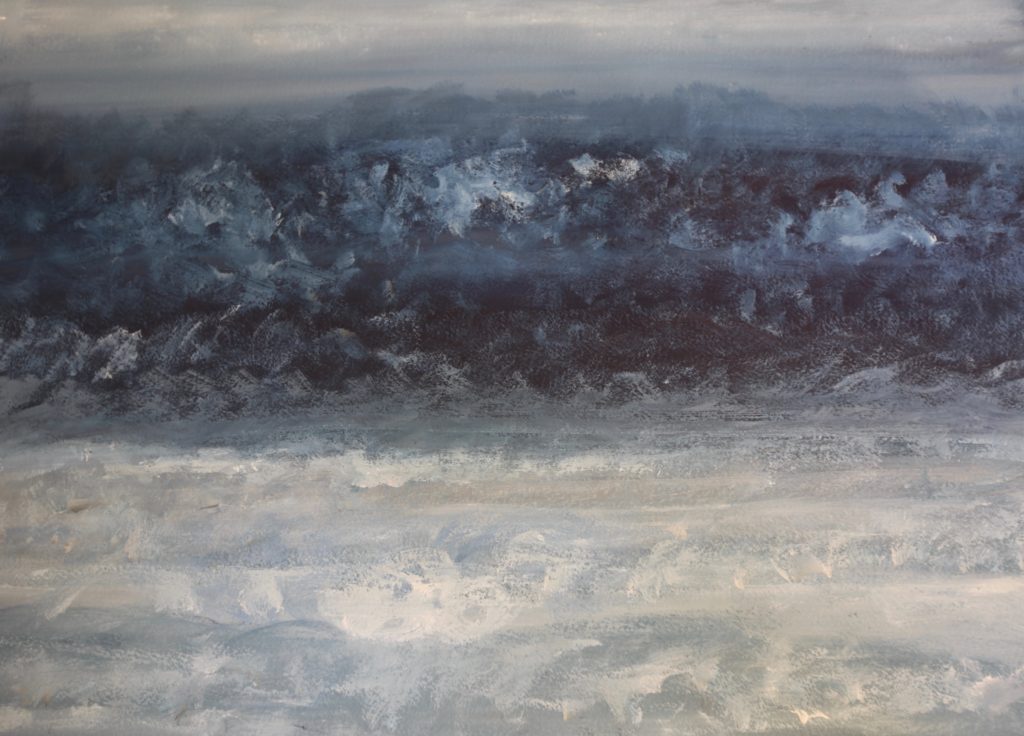
I’m publishing this series on LinkedIn called Colors to explore a topic that I care deeply about: the Renaissance Mind. I am just as passionate about entrepreneurship, technology, and business, as I am about Art and Culture. In this series, I will typically publish a piece of Art – a painting, a poem, a piece of music, so forth – and I request you to spend a minute or two deeply meditating on it. I urge you to watch your feelings, thoughts, reactions to the piece, and write what comes to you, what thoughts it triggers, in the dialog area. Let us see what stimulation this interaction yields. For today – Rough Sea, Aquamarine Night
Rough Sea, Aquamarine Night | Sramana Mitra, 2017 | Water color and Pastel | 18 x 24, On Paper
Related Reading:The Next European Renaissance
Best of Bootstrapping: Seed Investors Who Like Bootstrapped Businesses
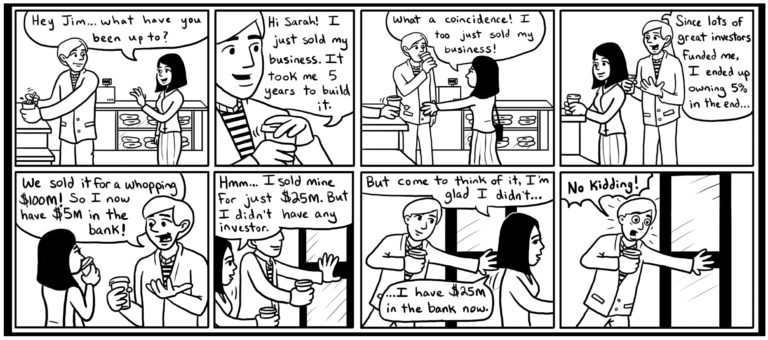
If you haven’t already, please study our free Bootstrapping course and the Investor Introductions page.
I would like to encourage bootstrapping entrepreneurs to start thinking about certain investors as bootstrapping partners. These investors, typically, LIKE capital efficient businesses.
They do not want to force feed capital into companies, unlike certain larger funds.
Their fund sizes are small, and they are set up to make money off smaller exits. [Re: Bootstrapping to Exit]
